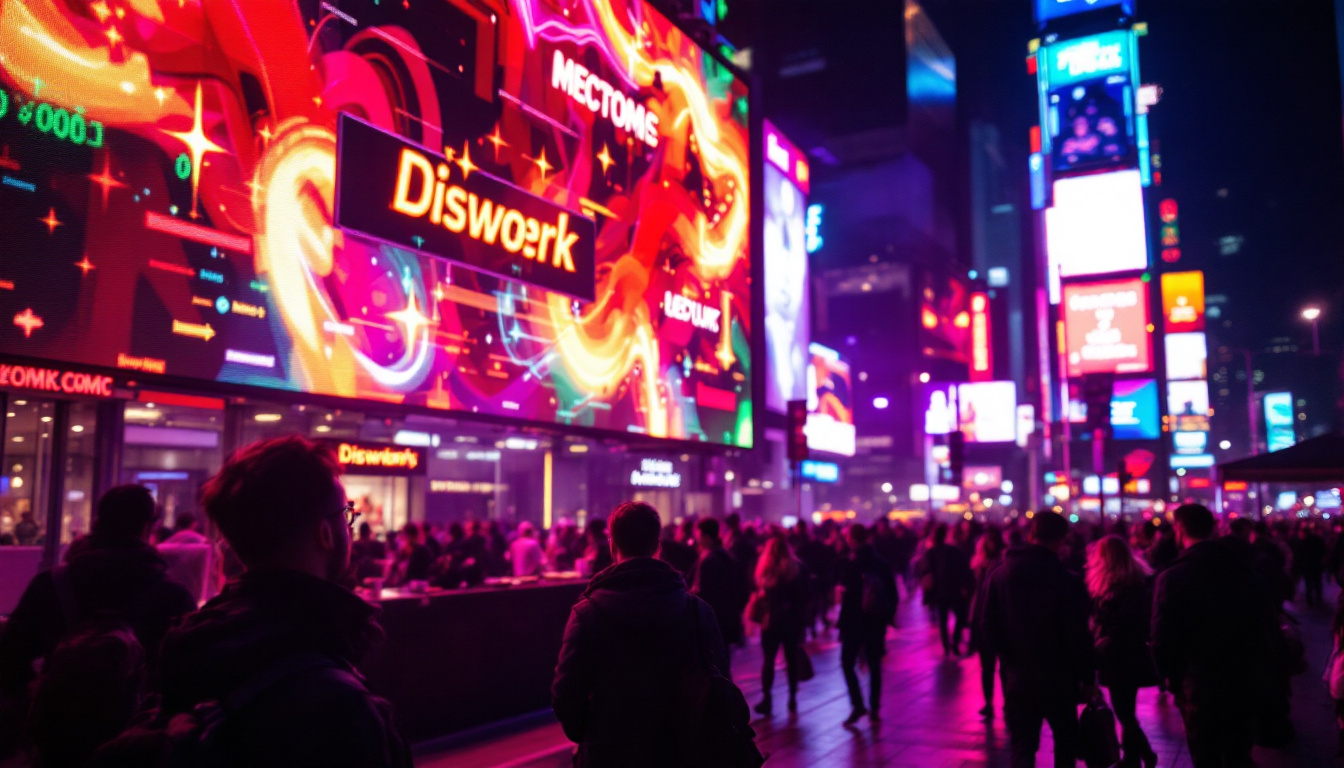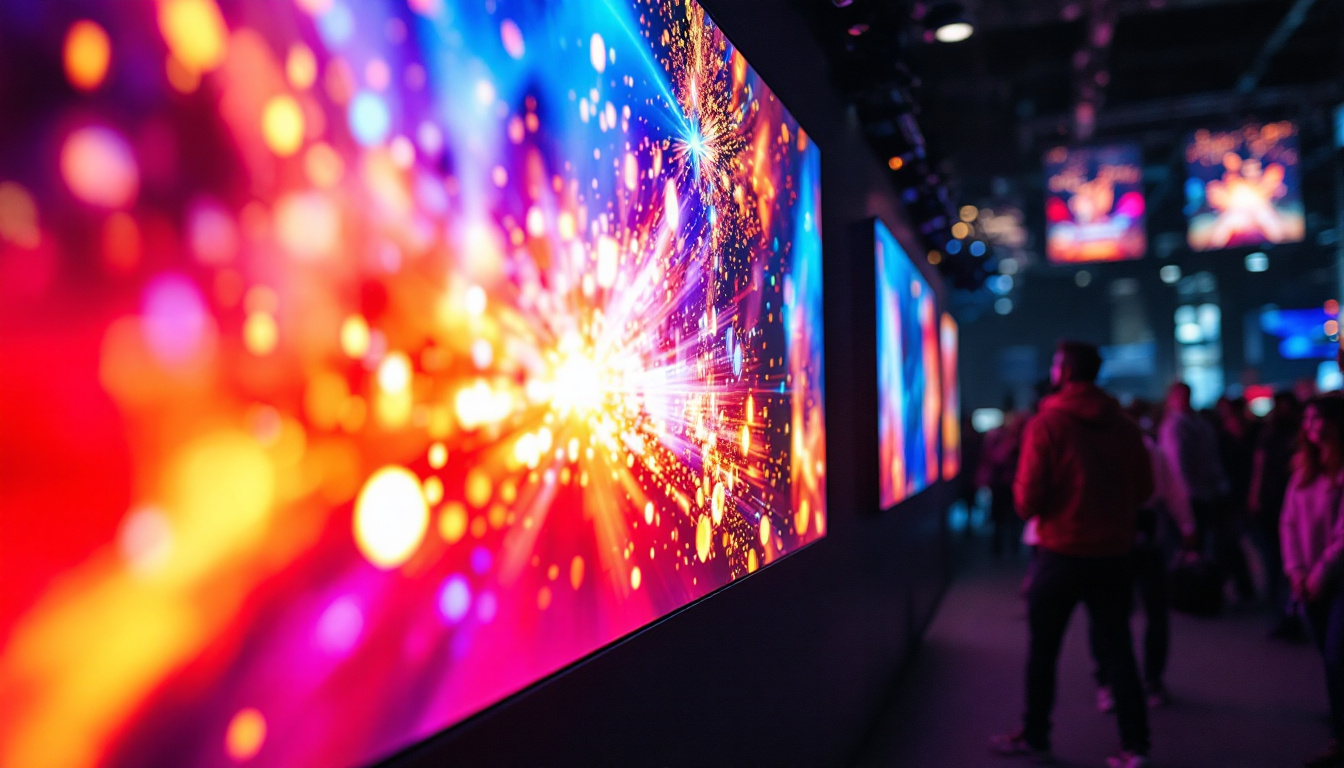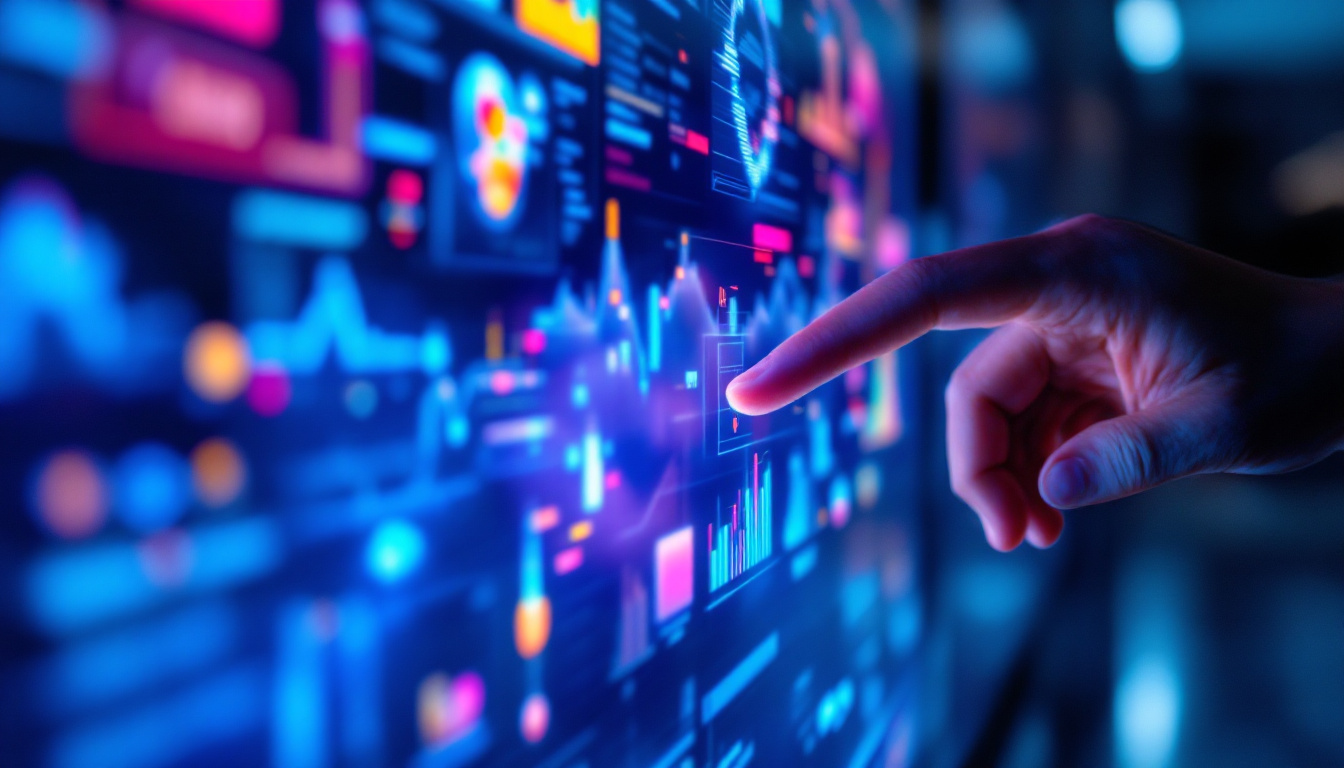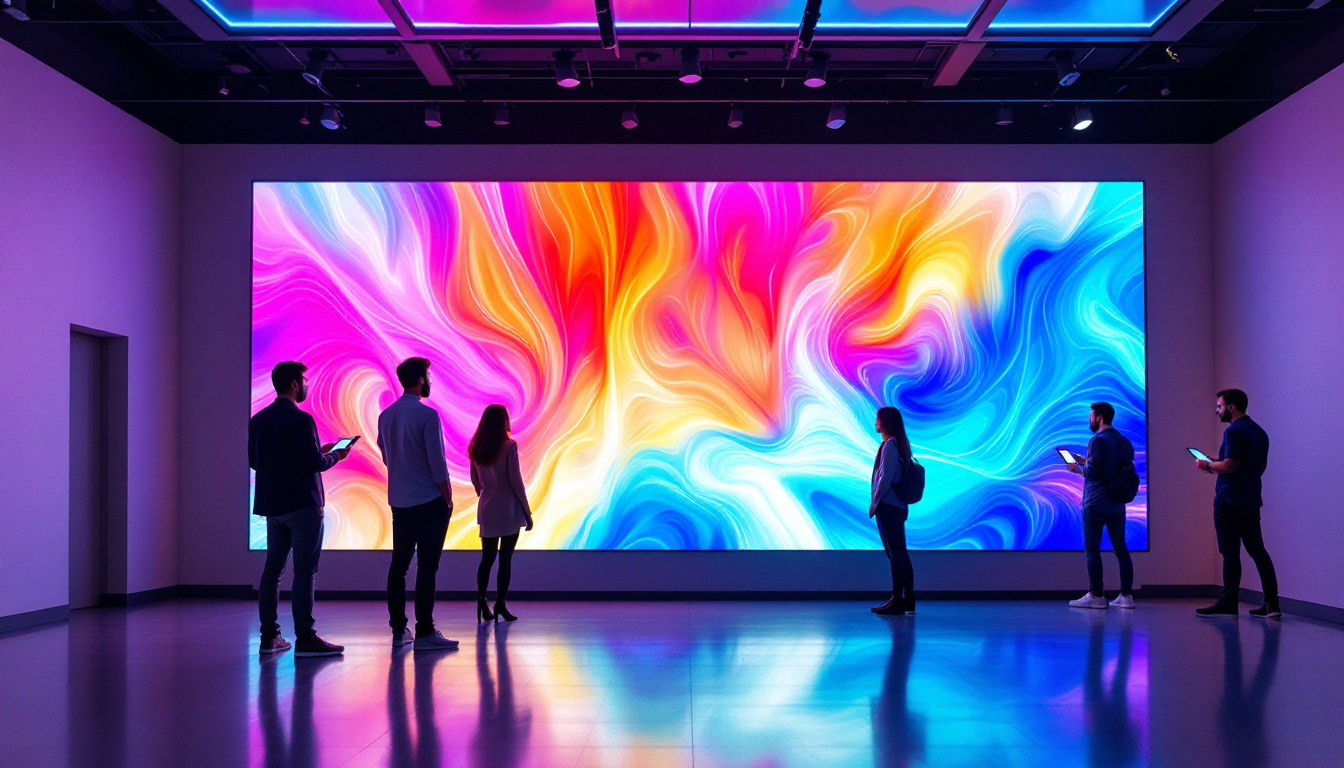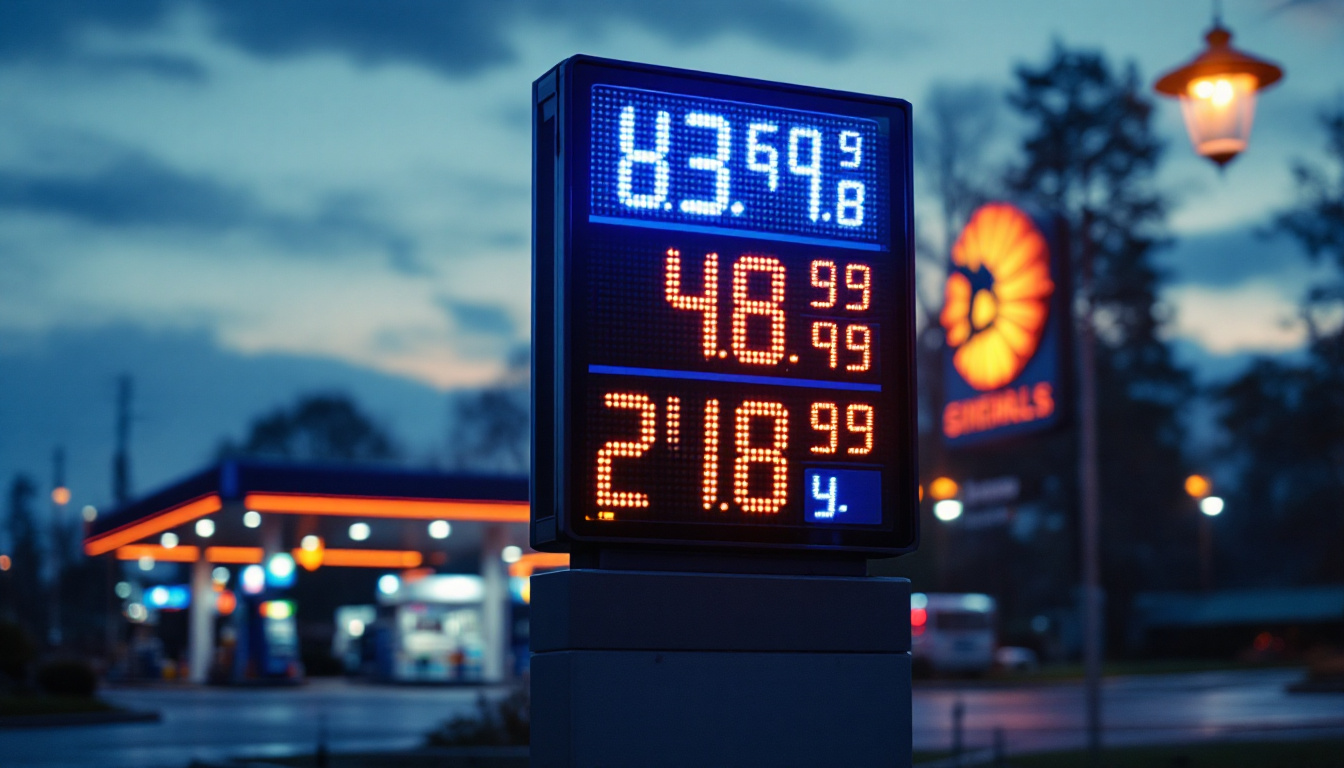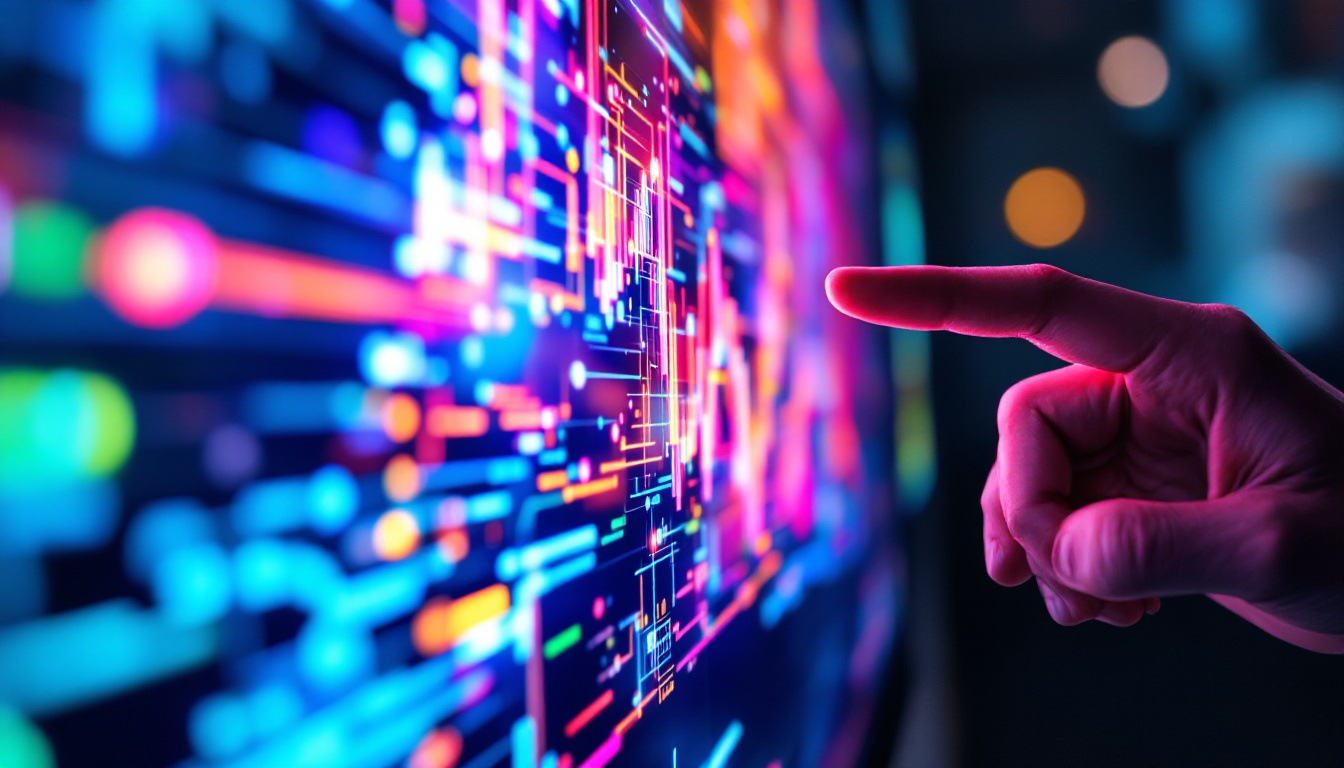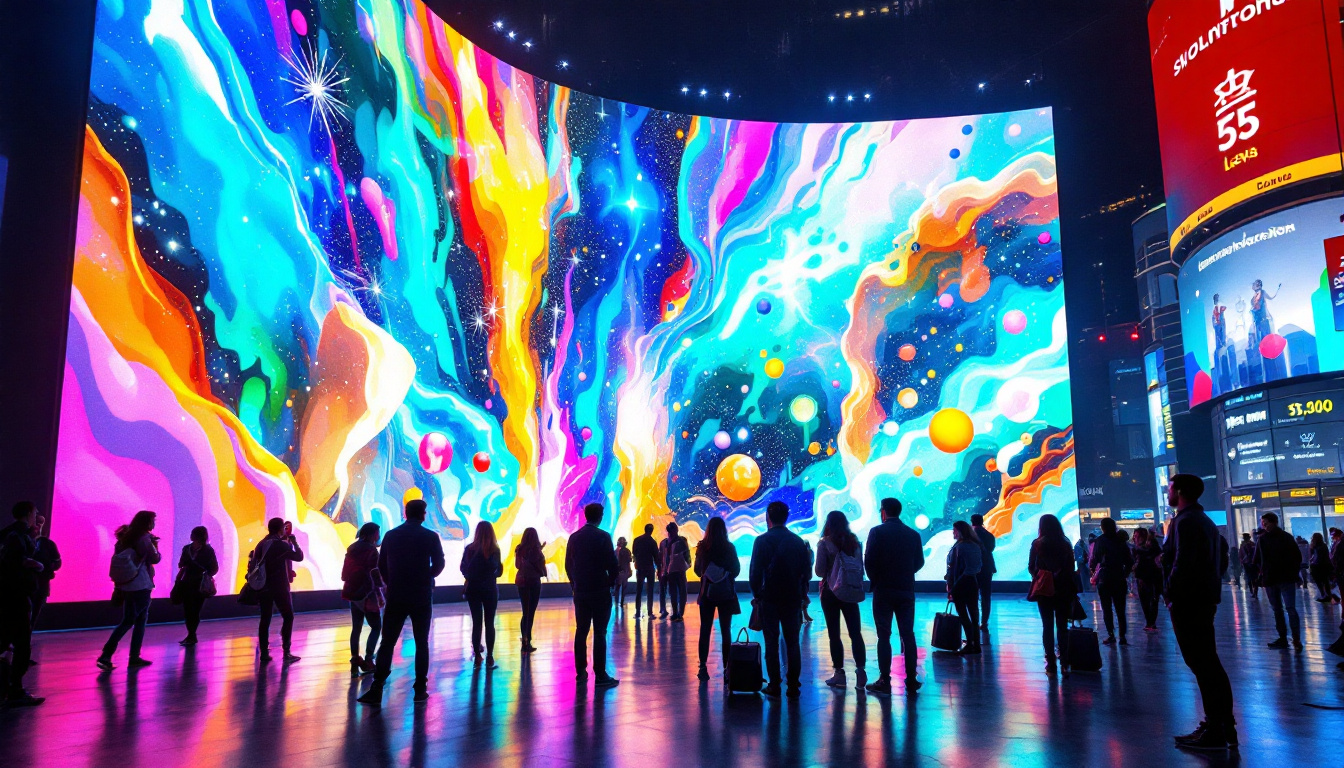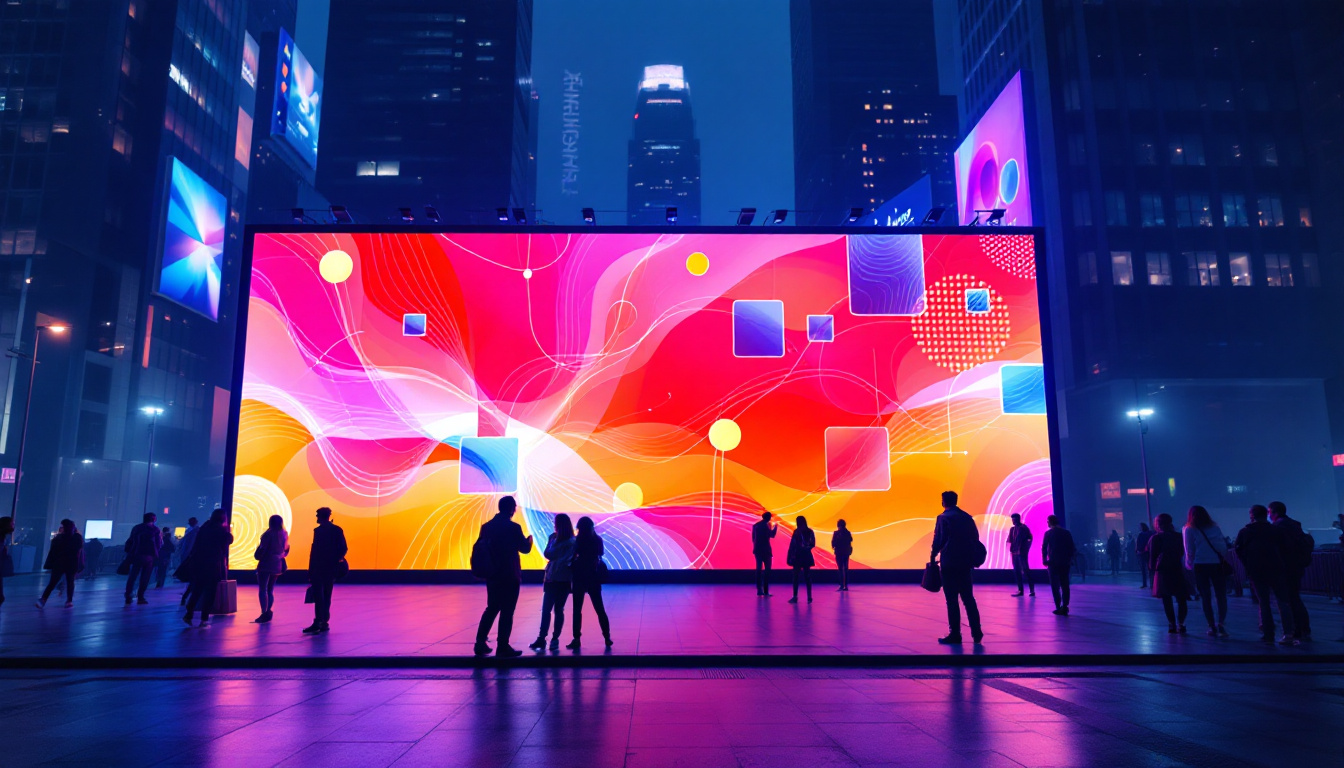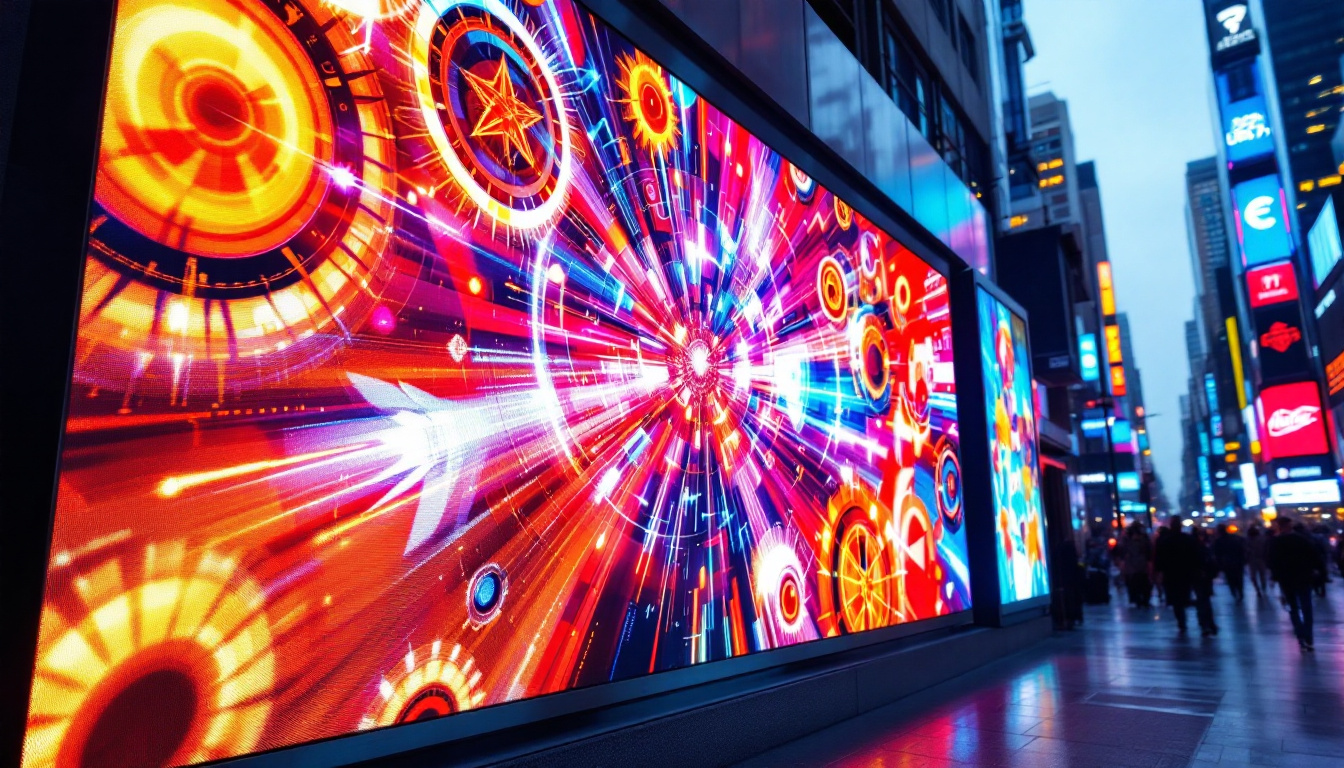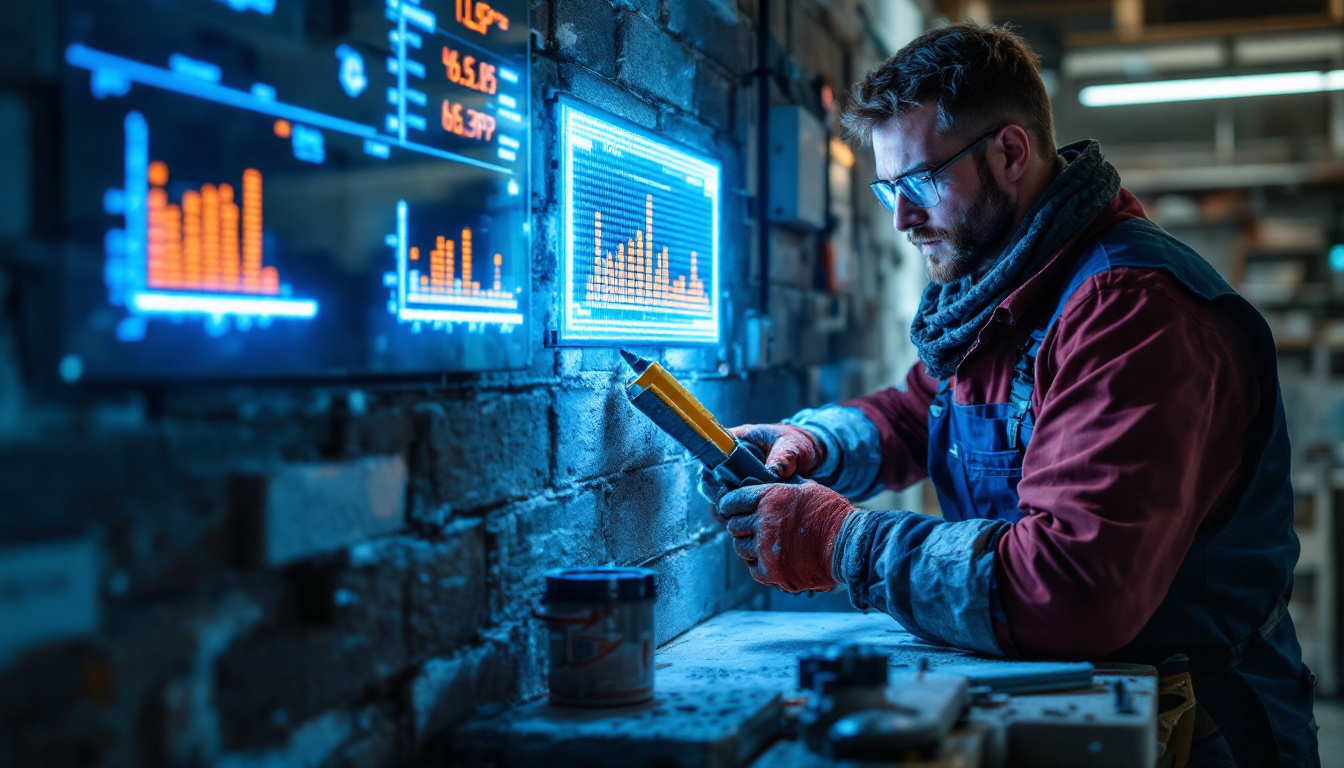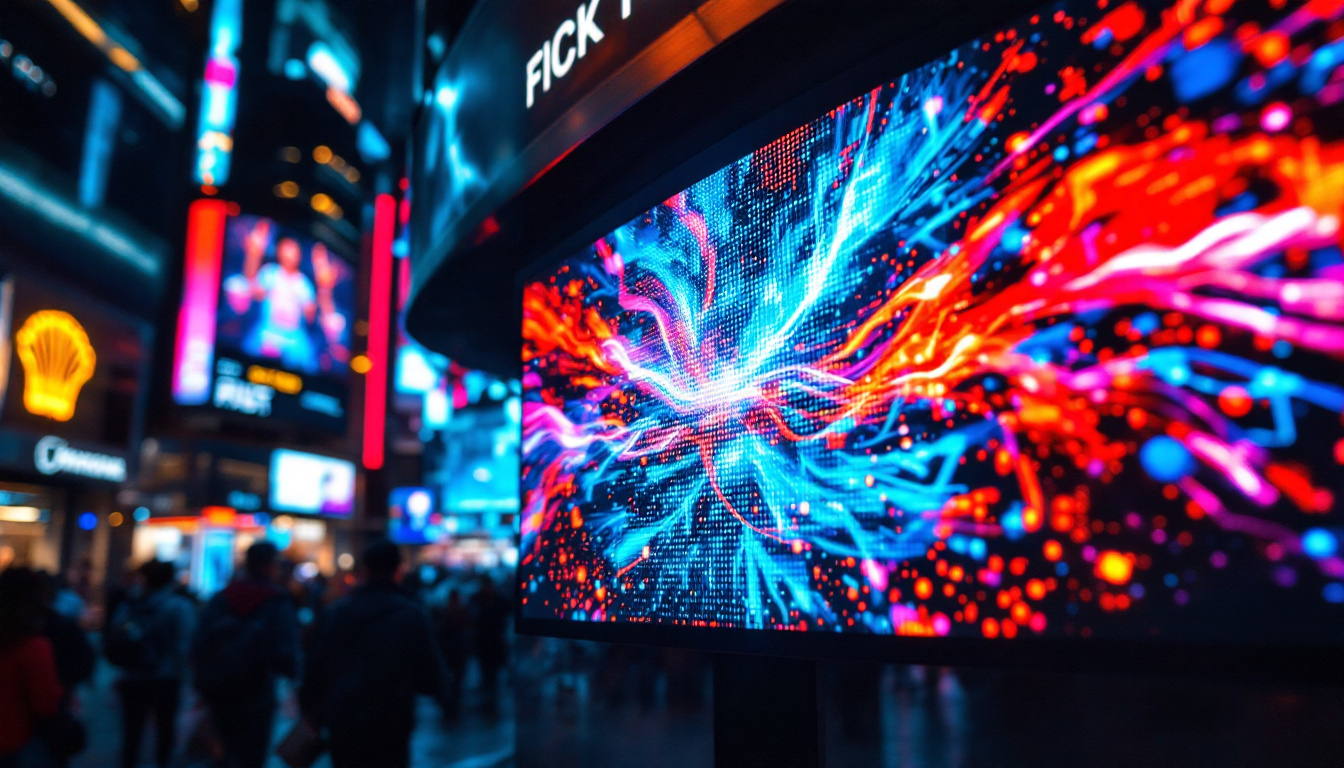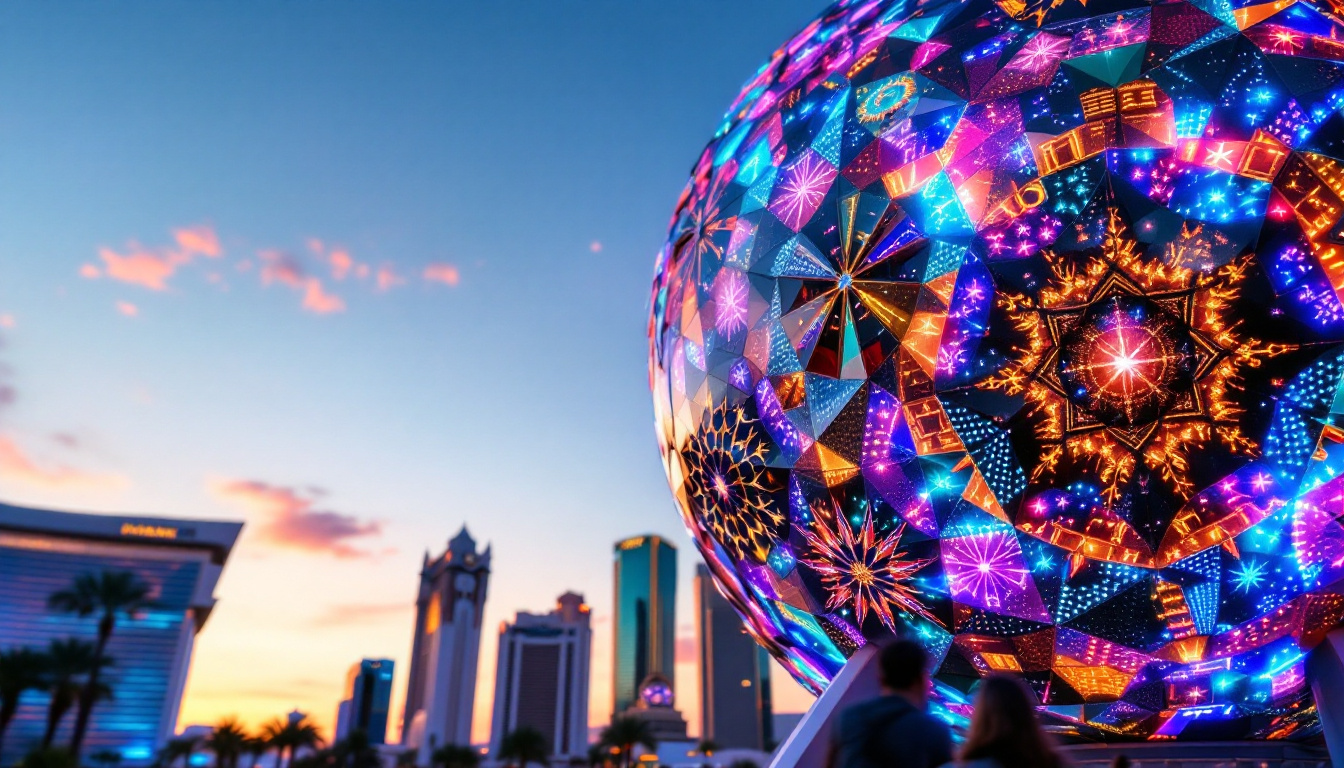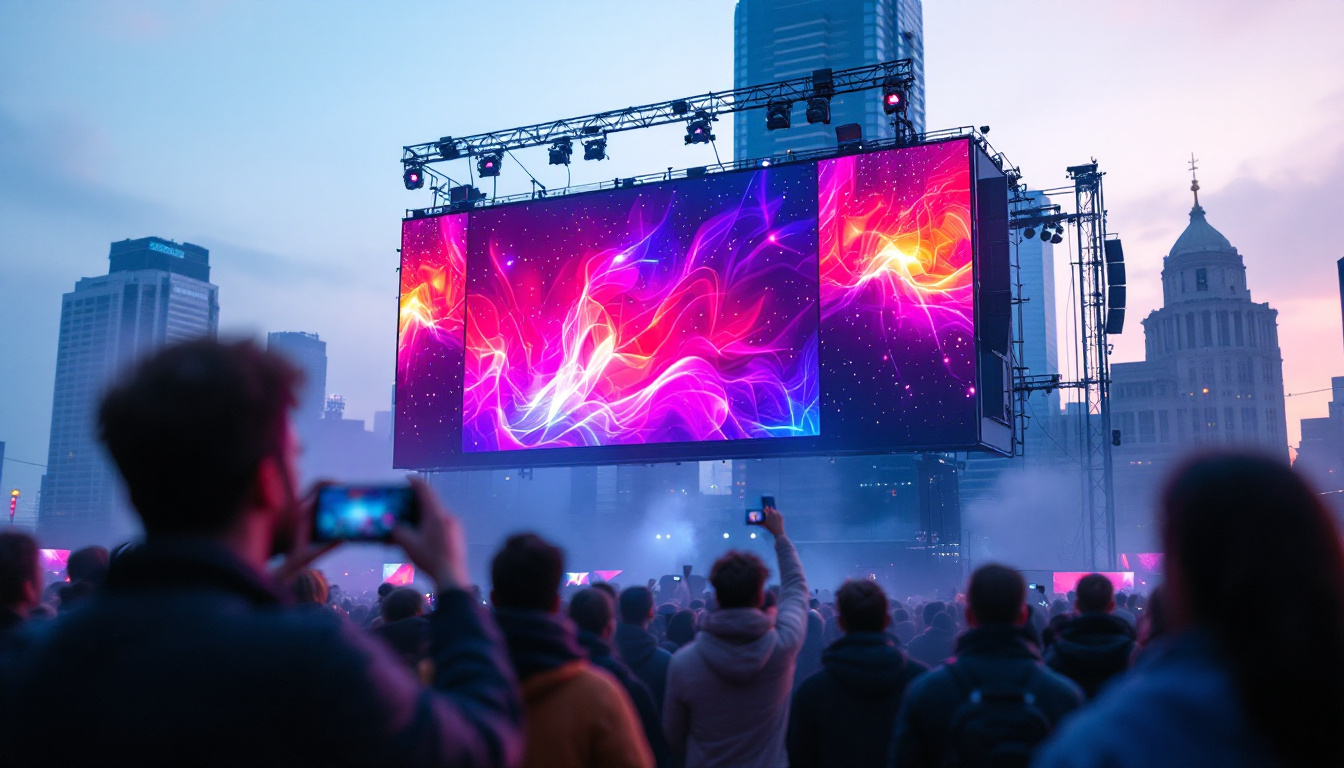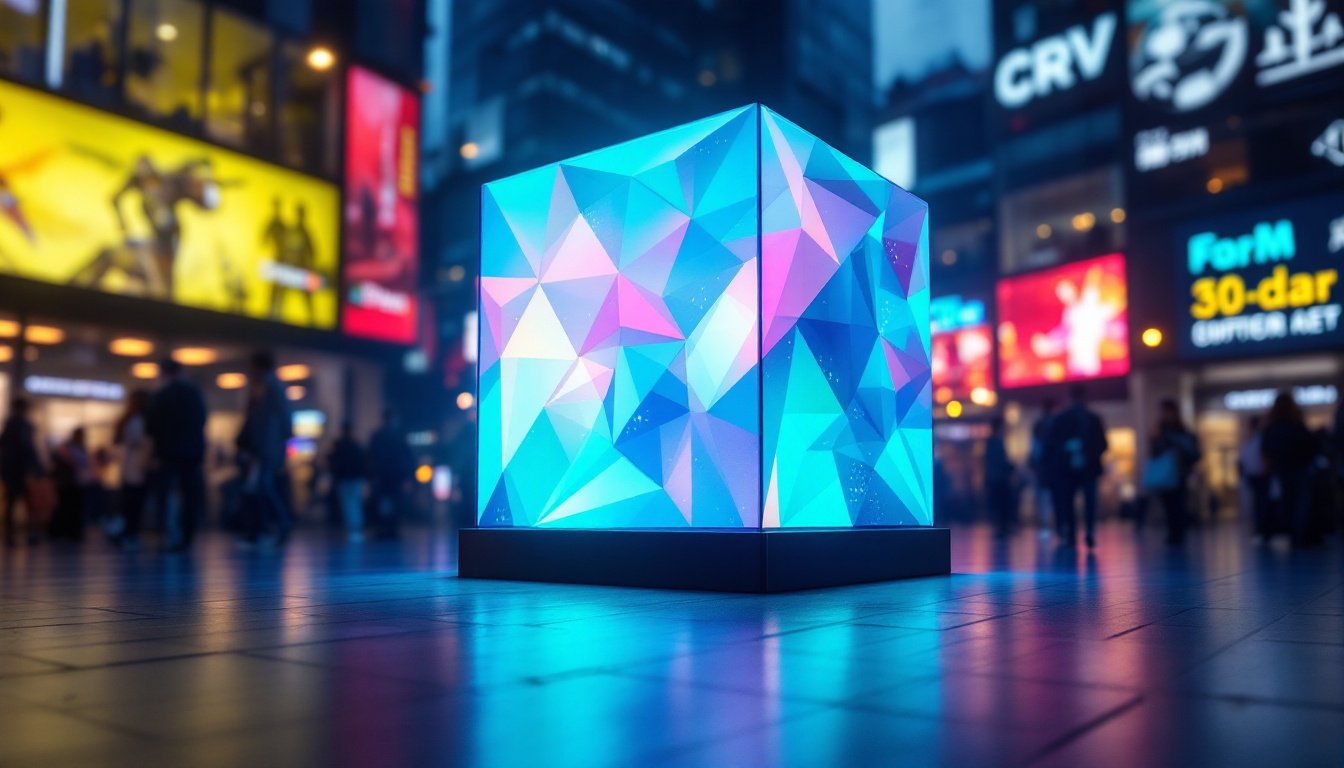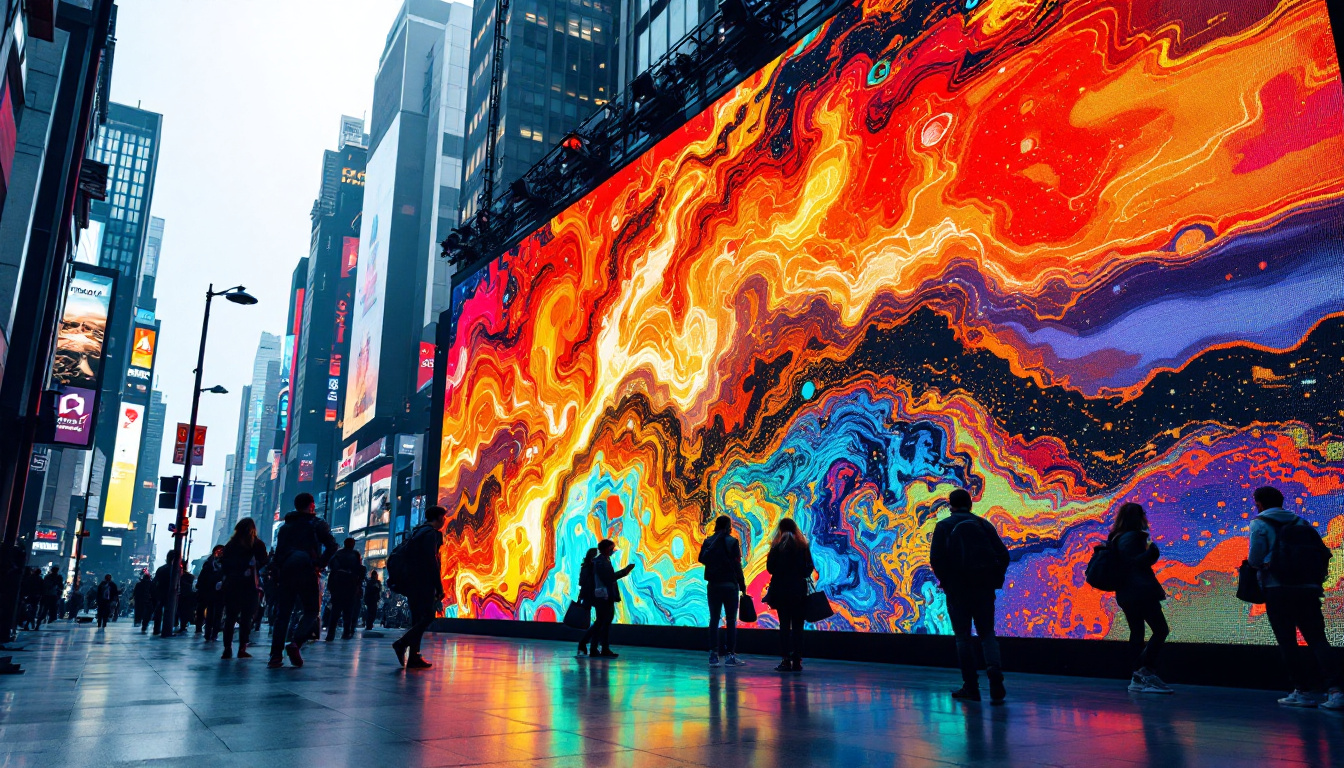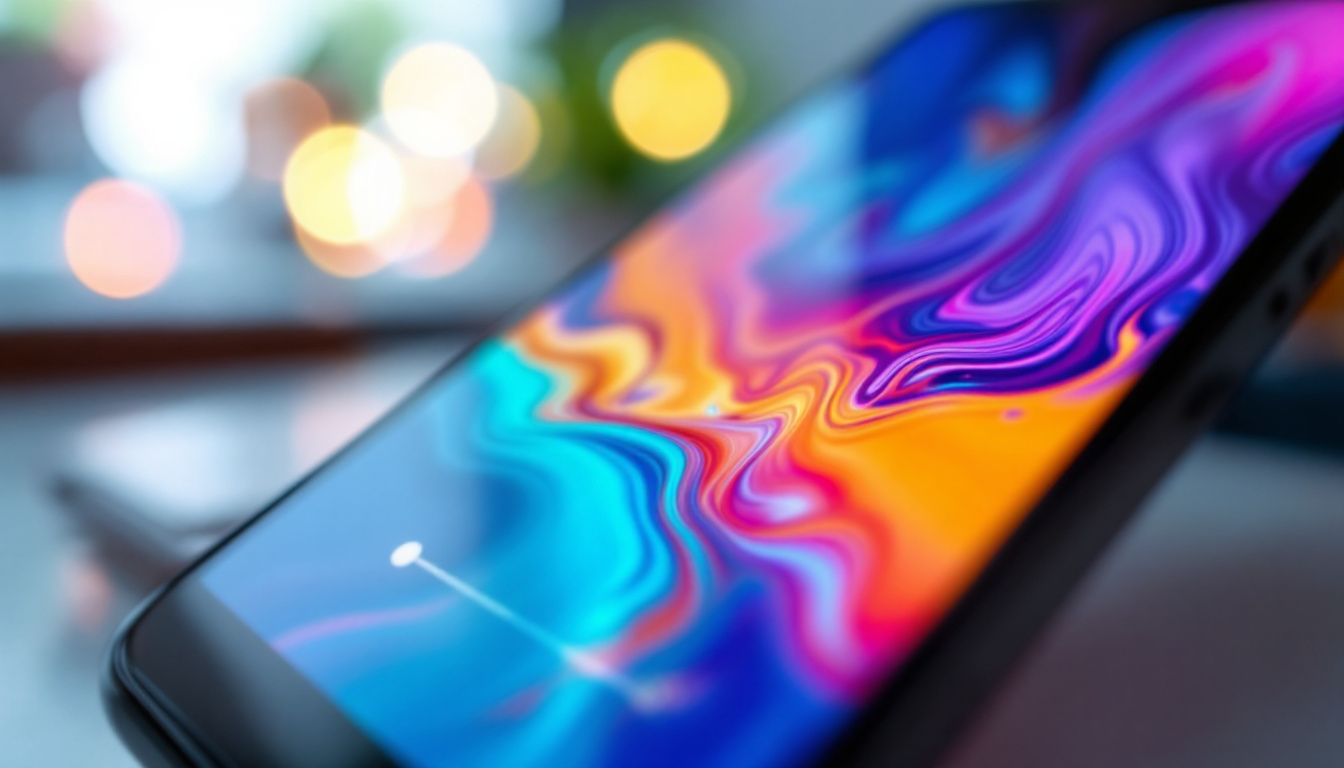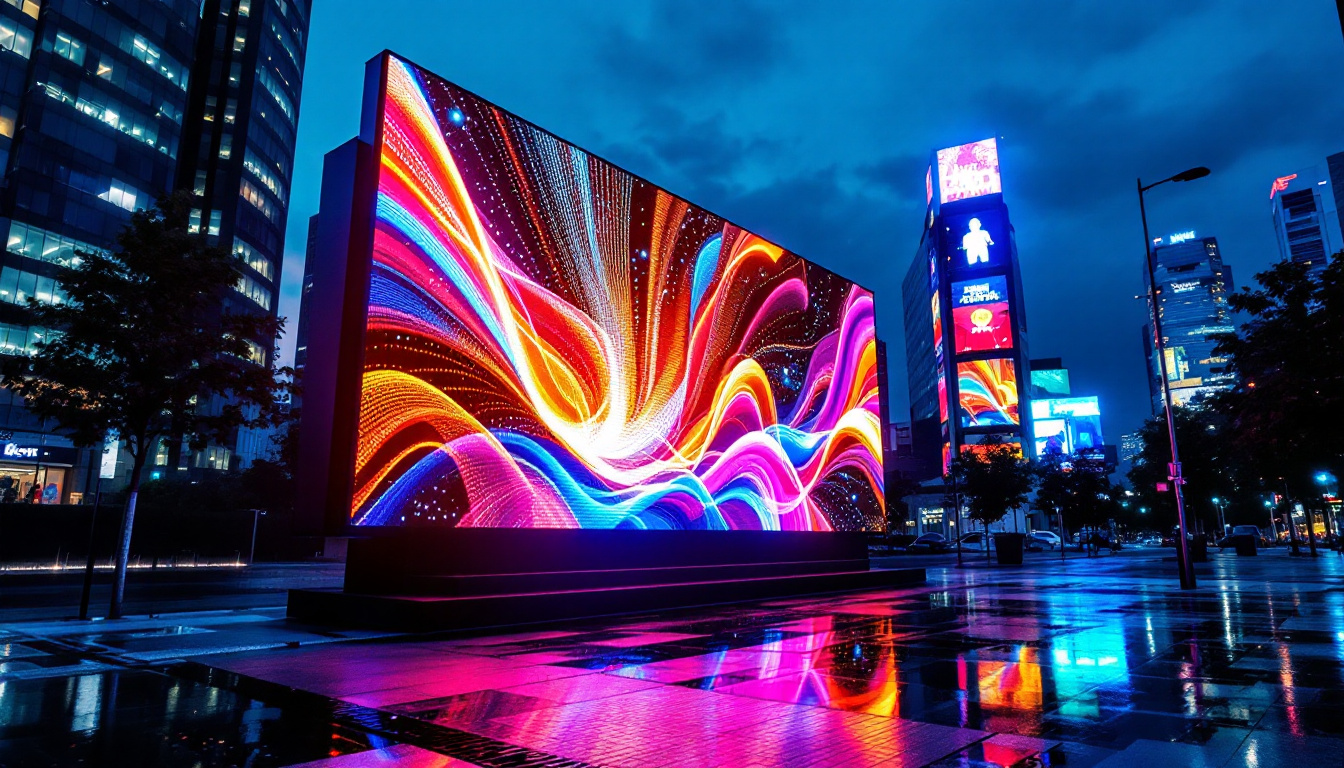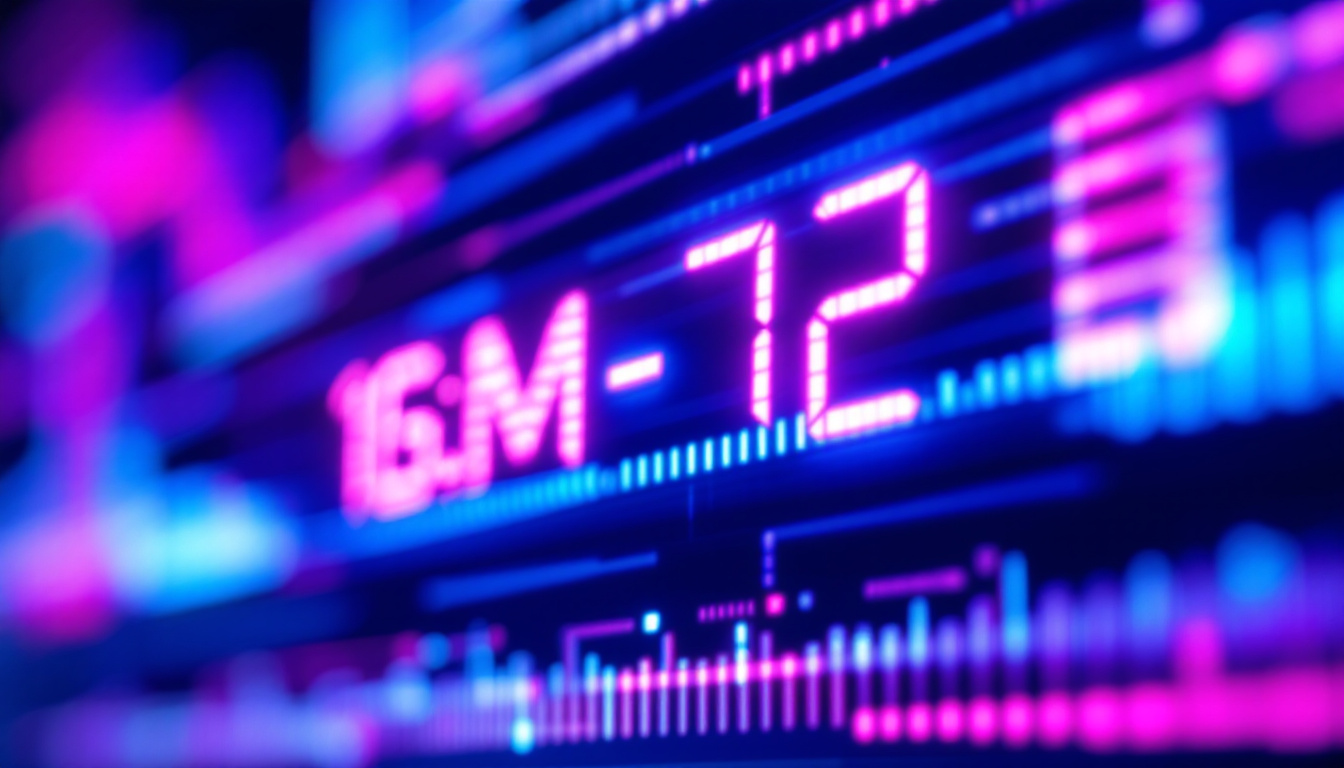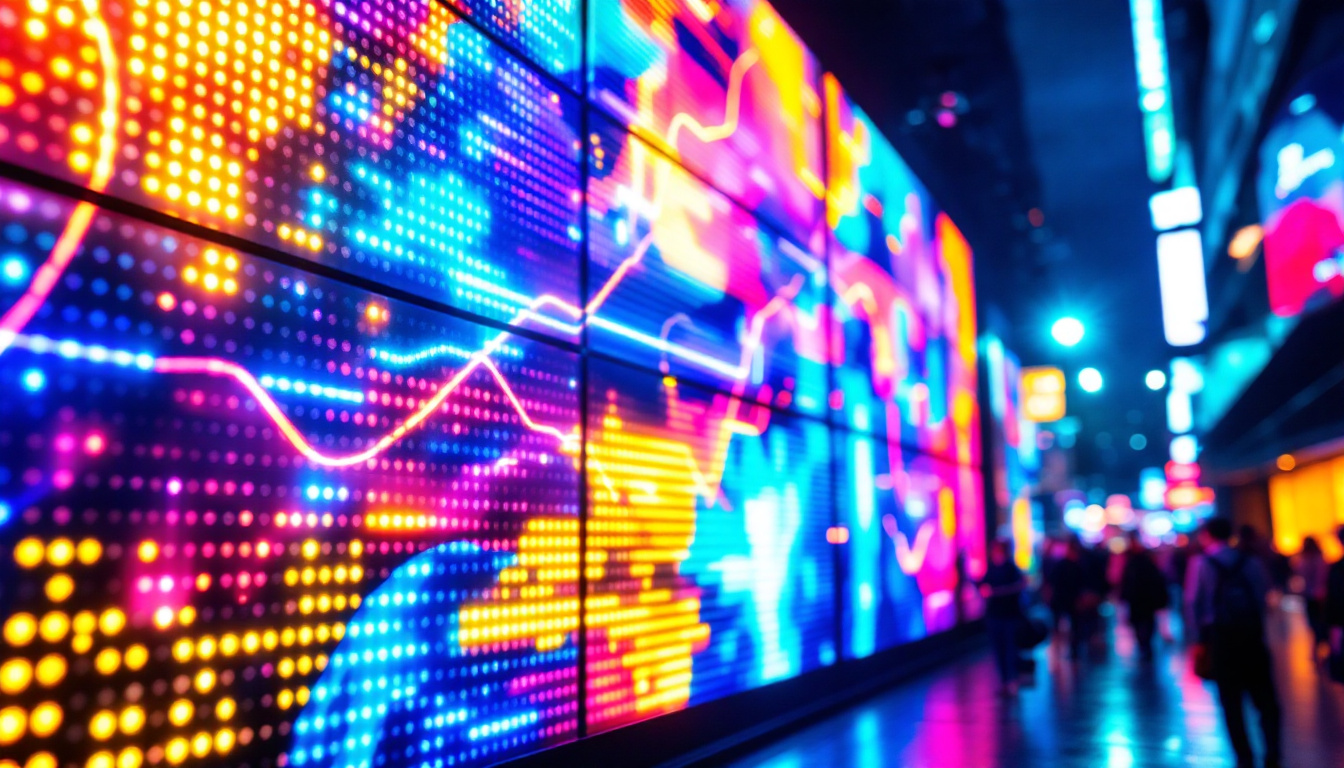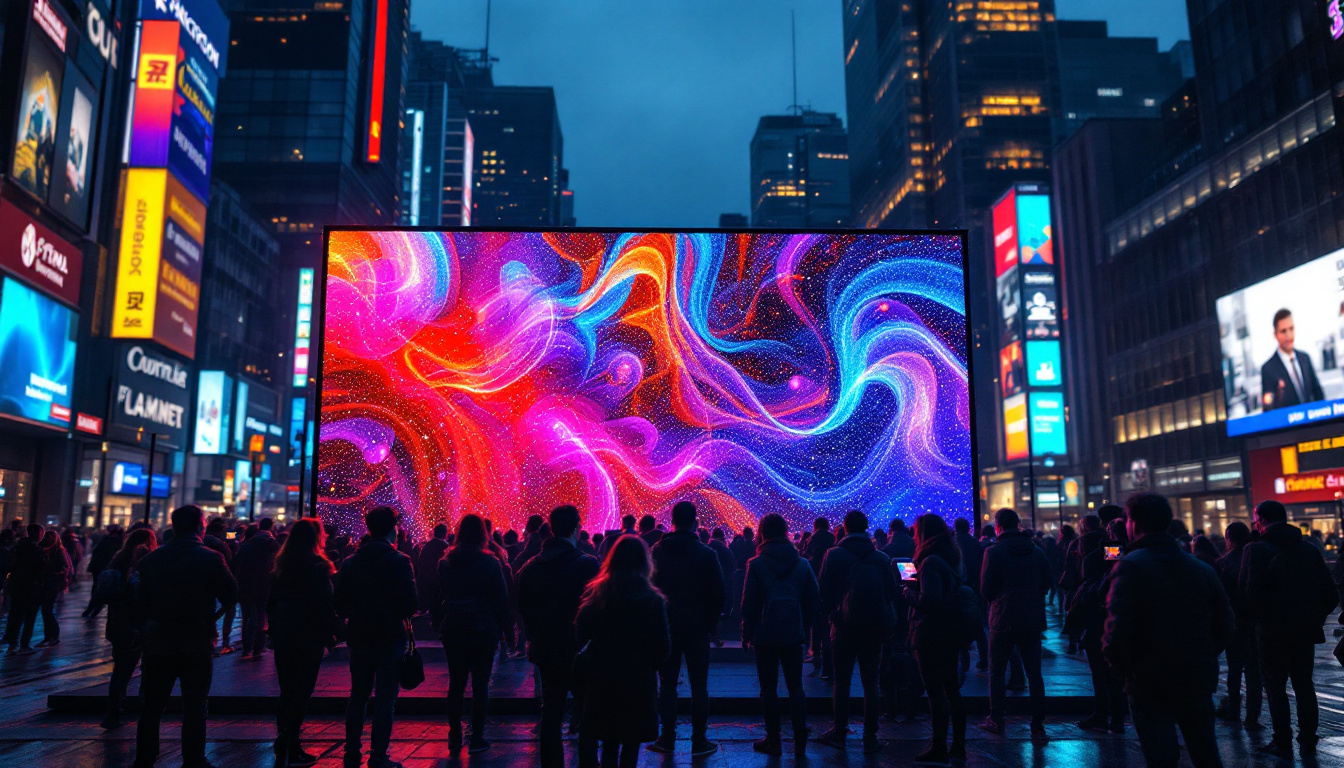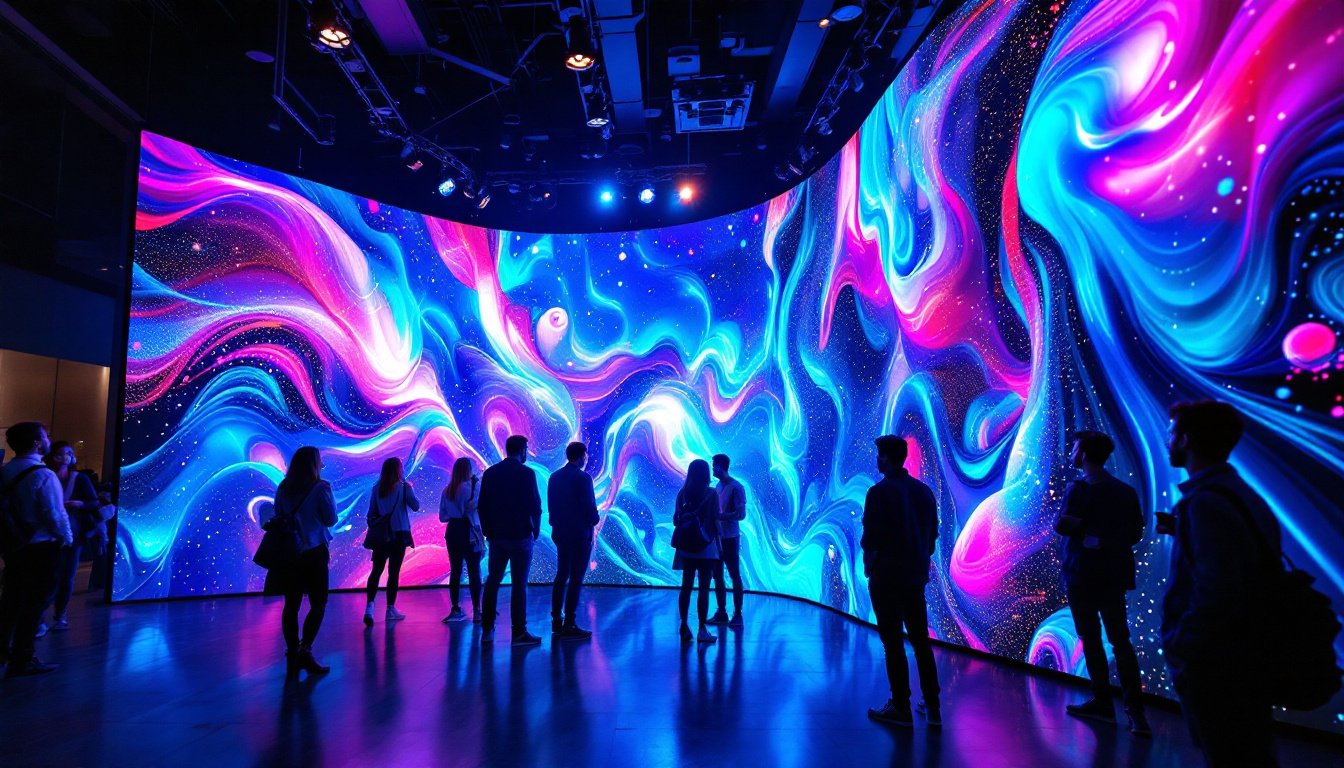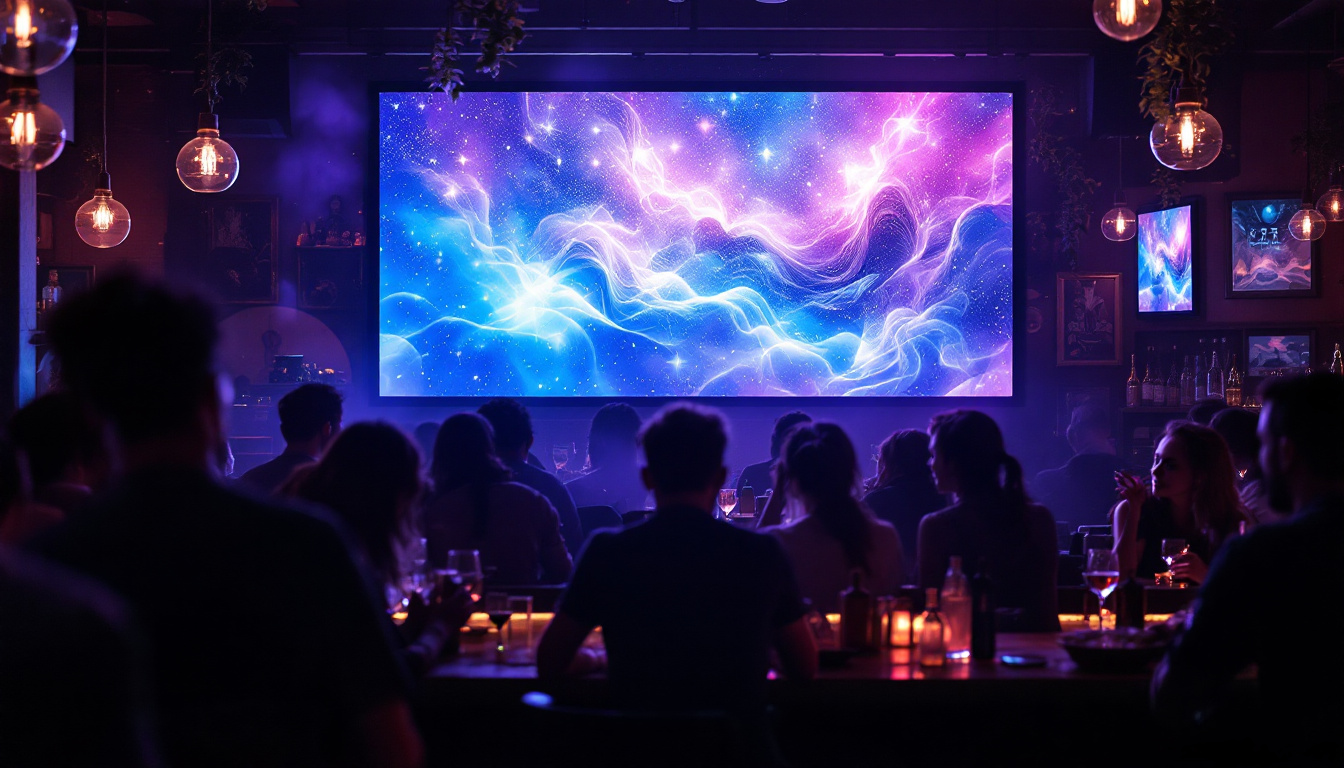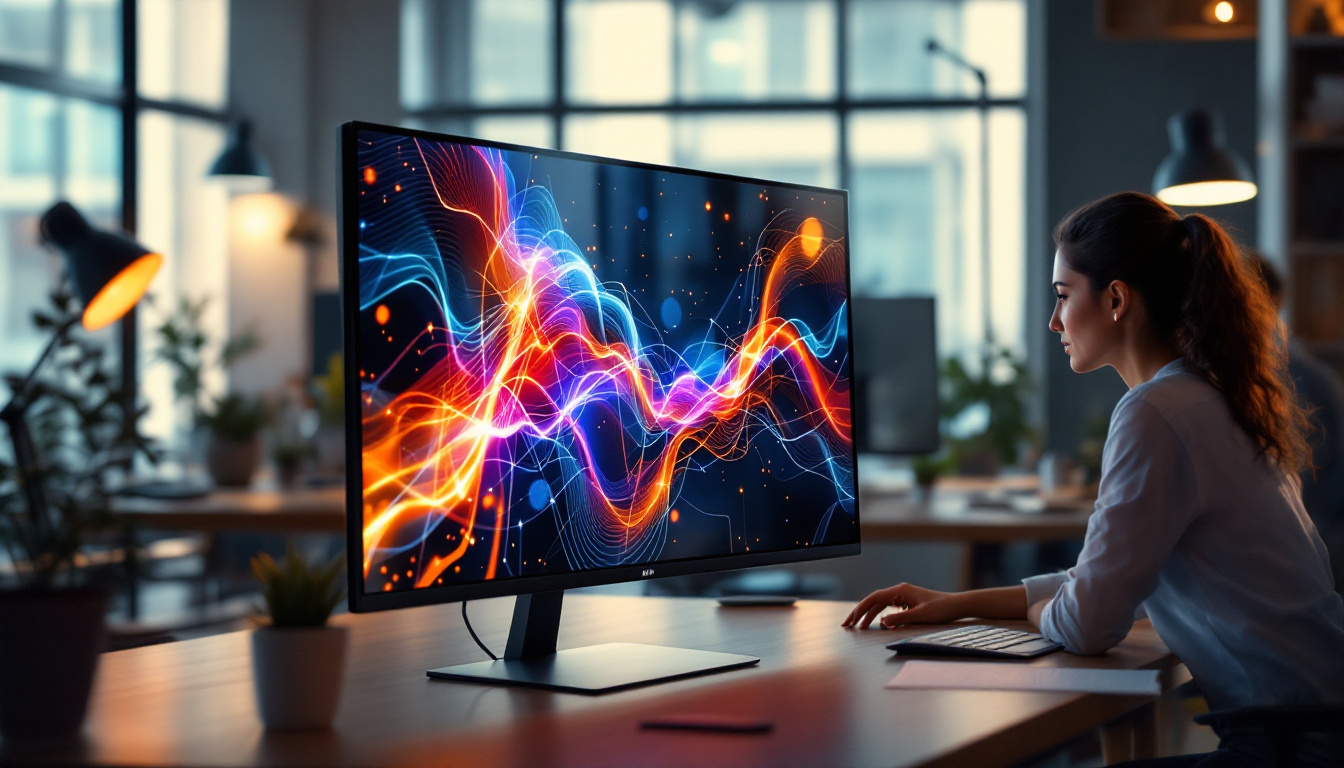In the realm of modern technology, LED displays have become an integral part of our daily lives. From smartphones to large-scale billboards, the versatility and efficiency of LED technology have revolutionized how information is conveyed visually. This article delves into the intricacies of LED displays, focusing on their components, functionalities, and the advantages they offer in various applications.
Understanding LED Technology
Light Emitting Diodes (LEDs) are semiconductor devices that emit light when an electric current passes through them. This simple yet effective technology forms the backbone of LED displays. Unlike traditional incandescent bulbs, LEDs are energy-efficient and have a longer lifespan, making them an ideal choice for display applications. Their low power consumption not only reduces electricity bills but also contributes to a smaller carbon footprint, aligning with the growing demand for sustainable technology in various industries.
The Basics of LED Operation
LEDs operate on a principle known as electroluminescence, where electrons recombine with holes within the device, releasing energy in the form of photons. The color of the emitted light depends on the materials used in the semiconductor. By combining different colored LEDs, it is possible to create a full spectrum of colors, which is essential for producing vibrant images on displays. The efficiency of this process is remarkable, as LEDs convert a higher percentage of electricity into light compared to traditional lighting methods, which often waste energy as heat.
Types of LED Displays
LED displays can be categorized into several types, each designed for specific applications. The most common types include:
- Direct View LED (DVLED): These displays are made up of individual LED modules that are placed close together, allowing for high-resolution images and videos. They are particularly popular in outdoor advertising due to their brightness and visibility in various lighting conditions.
- LED Backlit LCD: This type uses LEDs to backlight an LCD panel, enhancing brightness and color accuracy. This technology has revolutionized the television and computer monitor markets, providing users with sharper images and improved energy efficiency.
- Organic LED (OLED): OLED displays use organic compounds that emit light, offering deeper blacks and more vibrant colors compared to traditional LEDs. Their flexibility allows for innovative designs, such as curved screens and ultra-thin displays, which have captured the attention of consumers and manufacturers alike.
In addition to these common types, there are also specialized LED displays designed for specific environments, such as transparent LED displays that allow for visibility through the screen, making them ideal for retail settings. Furthermore, advancements in technology have led to the development of microLED displays, which promise even higher resolutions and better performance by utilizing tiny individual LEDs. These innovations continue to push the boundaries of what is possible in display technology, enhancing user experiences across various platforms.
Components of an LED Display
To fully appreciate how LED displays work, it’s important to understand their key components. Each part plays a crucial role in the overall functionality and performance of the display.
LED Pixels
At the heart of every LED display are the pixels, which are the smallest units of the display. Each pixel is typically made up of three sub-pixels: red, green, and blue (RGB). By adjusting the intensity of each sub-pixel, a wide range of colors can be produced. The resolution of an LED display is determined by the number of pixels it contains, with higher resolutions providing sharper and more detailed images. Additionally, the arrangement of these pixels can vary; some displays use a matrix layout while others may utilize a more complex configuration to achieve specific visual effects. This flexibility allows designers to create displays that can adapt to various environments, from outdoor billboards to indoor screens in theaters.
Control Systems
Control systems are essential for managing the content displayed on LED screens. They process input signals from various sources, such as computers or video players, and translate them into a format suitable for the display. Advanced control systems can also synchronize multiple displays, allowing for seamless video walls and large installations. Furthermore, these systems often come equipped with user-friendly interfaces that enable operators to easily schedule content, adjust brightness, and even monitor the health of the display in real-time. This level of control is particularly important in dynamic settings like concerts or sporting events, where the content must be both engaging and responsive to the audience’s reactions.
Power Supply
The power supply is another critical component, providing the necessary voltage and current to the LEDs. Efficient power management is vital for maintaining the longevity and performance of the display. Many modern LED displays incorporate power-saving technologies to reduce energy consumption, which is beneficial for both the environment and operating costs. In addition, some power supplies are designed with redundancy features to ensure that the display remains operational even in the event of a power failure. This is particularly important for large-scale installations, where downtime can result in significant financial loss. Moreover, advancements in renewable energy sources are beginning to influence the design of power supplies, making it possible for LED displays to be powered by solar energy, thereby further enhancing their sustainability profile.
Applications of LED Displays
LED displays are utilized in a wide range of applications, each benefiting from the unique properties of LED technology. From advertising to entertainment and beyond, the versatility of these displays is truly remarkable.
Advertising and Marketing
One of the most prominent uses of LED displays is in advertising. digital billboards and signage have become increasingly popular due to their ability to capture attention and convey messages effectively. The dynamic nature of LED displays allows advertisers to change content easily, enabling targeted messaging and promotions that can be updated in real-time.
Entertainment Industry
In the entertainment sector, LED displays are widely used in concerts, theaters, and sporting events. Large-scale LED screens enhance the audience experience by providing clear visuals and vibrant colors. They can display live feeds, graphics, and animations, creating an immersive environment that captivates viewers.
Public Information Displays
LED displays are also employed for public information purposes, such as in transportation hubs, airports, and train stations. These displays provide real-time updates on schedules, delays, and other important announcements. Their visibility in various lighting conditions makes them an ideal choice for conveying critical information to the public.
Advantages of LED Displays
The popularity of LED displays can be attributed to their numerous advantages over traditional display technologies. These benefits make them a preferred choice for many applications.
Energy Efficiency
One of the most significant advantages of LED technology is its energy efficiency. LED displays consume significantly less power compared to traditional displays, resulting in lower energy bills and a reduced carbon footprint. This efficiency is especially beneficial for large installations, where energy savings can amount to substantial cost reductions over time.
Longevity and Durability
LED displays are designed to last, often exceeding 50,000 hours of operational life. This longevity reduces the frequency of replacements and maintenance, leading to lower overall costs. Additionally, LED displays are more resistant to shock and vibration, making them suitable for a variety of environments, including outdoor installations.
High Brightness and Contrast
LED displays offer superior brightness and contrast compared to traditional technologies. This capability allows for excellent visibility even in direct sunlight, making them ideal for outdoor advertising and signage. The ability to produce deep blacks and vibrant colors enhances the overall visual experience, making content more engaging.
Challenges and Considerations
While LED displays offer numerous benefits, there are also challenges and considerations that must be addressed. Understanding these factors is crucial for making informed decisions when choosing LED display solutions.
Initial Costs
Although LED displays provide long-term savings, the initial investment can be higher than traditional display technologies. Businesses must weigh the upfront costs against the potential savings in energy and maintenance over time. For many, the long-term benefits justify the initial expenditure.
Heat Management
LED displays generate heat during operation, which can affect performance and longevity if not managed properly. Effective heat dissipation systems, such as fans or heat sinks, are essential to ensure optimal operation. Neglecting heat management can lead to reduced efficiency and a shorter lifespan for the display.
Color Calibration
Maintaining color accuracy is vital for any display application. Over time, LEDs can experience color shifts due to aging or temperature variations. Regular calibration is necessary to ensure consistent color reproduction, especially in applications where precise color matching is critical.
The Future of LED Displays
The future of LED displays looks promising, with ongoing advancements in technology and applications. Innovations are continuously emerging, pushing the boundaries of what is possible with LED technology.
MicroLED Technology
MicroLED is a cutting-edge technology that promises to revolutionize the display industry. By using microscopic LEDs, MicroLED displays can achieve higher resolutions and improved color accuracy. This technology is expected to enable the development of flexible and transparent displays, opening new avenues for creative applications.
Integration with Smart Technology
As the world becomes increasingly interconnected, the integration of LED displays with smart technology is on the rise. Smart LED displays can connect to the internet and utilize data analytics to deliver personalized content based on audience demographics and behavior. This capability allows for more targeted advertising and improved user engagement.
Sustainability Initiatives
With growing concerns about environmental sustainability, manufacturers are focusing on creating eco-friendly LED displays. This includes using recyclable materials, reducing energy consumption, and implementing responsible manufacturing practices. As sustainability becomes a priority, the LED display industry is likely to evolve in ways that align with these values.
Conclusion
LED displays have transformed the way information is presented and consumed in various sectors. Their energy efficiency, longevity, and vibrant visuals make them a superior choice for a wide range of applications. While there are challenges to consider, the advantages far outweigh the drawbacks, making LED technology a cornerstone of modern display solutions.
As advancements continue to shape the future of LED displays, businesses and consumers alike can look forward to even more innovative and sustainable options. The journey of LED technology is far from over, and its impact on society will only grow in the coming years.
Discover LumenMatrix’s Innovative LED Solutions
Ready to elevate your visual communication with the latest in LED technology? LumenMatrix is at the forefront of LED display innovation, offering a comprehensive range of solutions tailored to your needs. Whether you’re looking for an Indoor LED Wall Display, a dynamic Outdoor LED Wall Display, or specialized options like Vehicle LED Displays and LED Sports Displays, LumenMatrix has the expertise to bring your vision to life. Experience the future of vibrant and energy-efficient visual storytelling. Check out LumenMatrix LED Display Solutions today and transform your space into a captivating experience.

